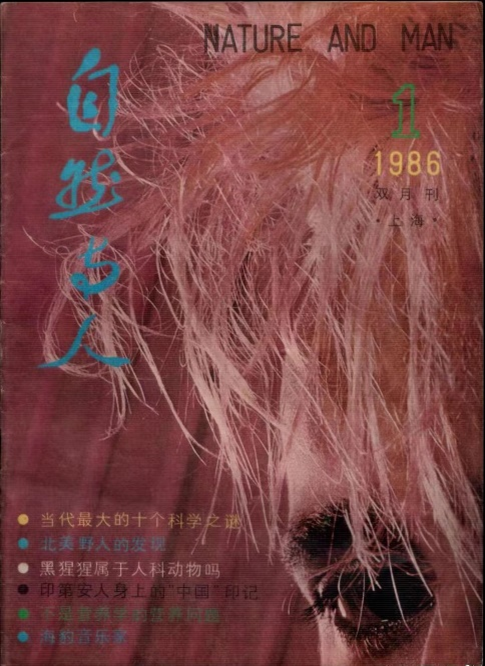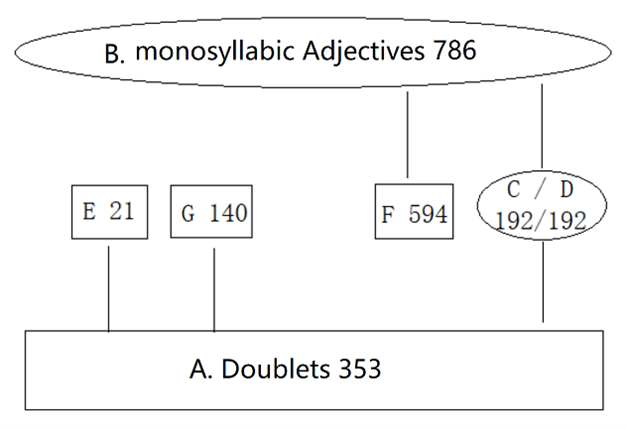Issue 1, Volume 1 – 5 articles
Cover Story (View full-size image):
The Han Chinese is the majority population of China. How they expanded to the present distributed region is crucial to the natural history of East Asians. The patrilineal genetic marker, Y chromosome, is strongly correlated to the nature of ethnic groups, and therefore, is well applied in molecular anthropology. Clustering analyses of the Y chromosome haplogroup distributions revealed that Han Chinese can be divided into five geographic subgroups. The Northern subgroup is ancestral, and three migration routes could be derived, e.g. to the southwest (Upper Yangtzi subgroup), to the central south (Canton subgroup), and to the southeast (Lower Yangtzi subgroup and Fujian-Taiwan subgroup). This genetic pattern of Han Chinese was also supported by various evidences from linguistics, archaeology, ethnological cultures, historical records, etc.




